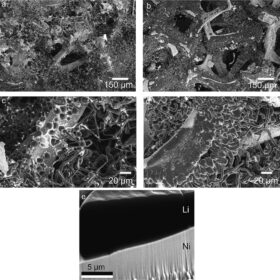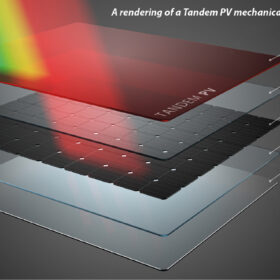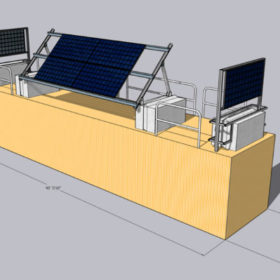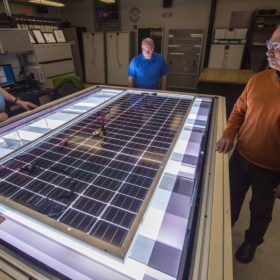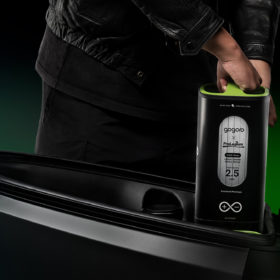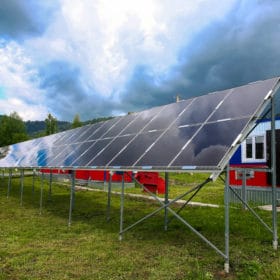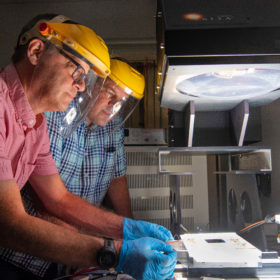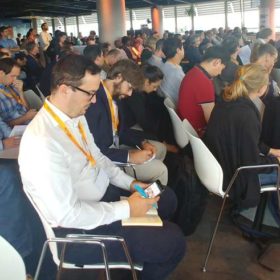Anode-less redox flow batteries capable of fast cycling
Researchers in the US have demonstrated that replacing the planar lithium anode in a redox mediated lithium-sulfur redox flow battery with a high surface area scaffold enables 10 times faster cycling, up to 10 mA cm−2, without short circuit or voltage instability.
Weekend Read: Pushing perovskite PV limits
The perovskite solar race is heating up, with a cue of manufacturers forming to test products at the US Department of Energy’s (DoE) PV commercialization facilities, and academics on both sides of The Pond announcing new advances in recent months.
Solar for extreme Arctic conditions
US researchers have installed a pilot 4.3 kW solar system at Oliktok Point, Alaska, north of the Arctic Circle. They want to determine which PV system designs and technologies are most efficient in extremely cold climates with limited sunlight.
Monitoring degradation for 13 module types
In a study that began in 2016, US scientists purchased 834 PV modules, representing seven manufacturers and 13 module types, and installed them in various climate conditions to observe their performance over time. The results show that, while plenty of opportunities still exist to extend module lifetimes and reduce performance loss in the field, reductions in the manufacturing cost of PV have not come with an increase in their degradation rate.
The mobility rEVolution: Swappable lithium ceramic solid-state battery for two-wheelers
In Taiwan, Gogoro has unveiled what is said to be the world’s first swappable lithium ceramic solid-state battery for two-wheelers. Furthermore, a new study tackled a long-held assumption that adding some liquid electrolytes to improve performance would make solid-state batteries unsafe and found them to be more powerful and safer than the conventional lithium-ion chemistry. In the UK, Aston Martin and Britishvolt have inked a deal to develop a new high-performance battery cell technology. Meanwhile, concerns surrounding the EV supply chain continue to grow.
Measuring impacts, whatever the weather
Scientists in the United States used machine learning to analyze maintenance reports, performance data and weather records from more than 800 solar farms located across the country. The analysis allowed them to determine which weather conditions have the biggest impact on PV generation, and to suggest the most effective ways to boost the resilience of PV installations to extreme weather events.
Perovskites get a $14m boost
The United States Department of Energy is providing $14 million for a research center for perovskite solar technology. Led by Sandia National Laboratories, the center’s work will focus on establishing standard testing protocols as well as ensuring the long-term reliability of perovskite cells and the bankability of companies setting up to produce them.
Over-irradiance events affect utility scale PV components
Researchers are seeking to understand the extent to which sudden spikes in irradiance can affect solar power plants. The preliminary findings indicate large scale PV projects are not immune to such events, especially when the spikes last longer than a minute.
Solar and the snow
Scientists at Sandia National Laboratories in the United States are working to quantify the effects of abundant snowfall on PV systems and to identify cost effective strategies to mitigate energy losses and reliability issues caused by snow and ice.
A common language for bifacial PV
This week pv magazine was in Amsterdam for the sixth edition of the BifiPV workshop, where the discussion focused on the impressive achievements made by bifacial solar modules and the challenges the technology faces as it moves toward mainstream adoption.
